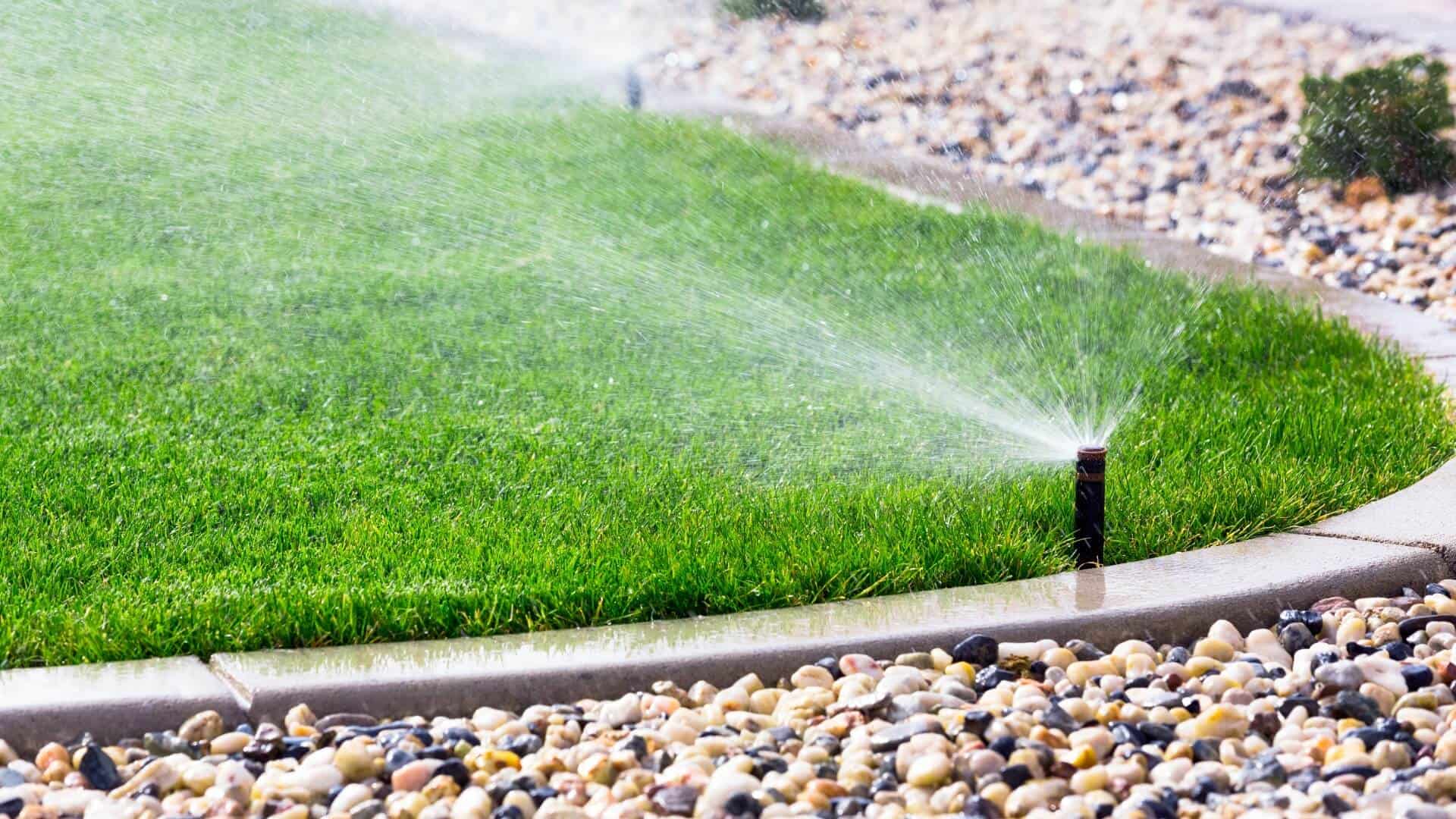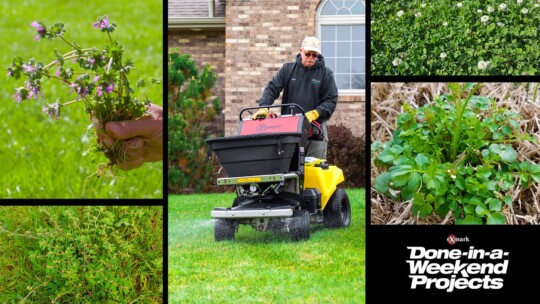
Whether the temperatures have started to soar or that fall chill has started to set in, you may be wondering how much and how often to water your lawn. Watering the grass may appear simple, but your lawn’s water requirements change with the season. It’s important to find the balance between under-watering and over-watering to ensure your grass is obtaining all its necessary nutrients.
When considering what the right amount of water is, you need to take into consideration both regional and seasonal issues that can impact your growing. Water needs will vary depending on the type of grass in your lawn and the current weather patterns.
Cool-Season Grasses
Cool-season grasses, like Kentucky bluegrass, fescues and perennial ryegrass, grow across much of the Midwest and northern US. They can survive both freezing winters and hot summers. The ideal growing periods for cool-season grasses are the spring and fall.
Spring
Heavy seasonal rainfall will keep soil moist, and grass will flourish as it emerges from dormancy. You should only need to water if temperatures are above average, or there is below average rainfall.
Summer
Cool-season grasses need a recommended inch of water per week to flourish and be healthy. If there is a constant rise or fall in temperature, then you may need to adjust this number accordingly. A best practice is to water once in the morning to ensure a full release of nutrients
Fall
Begin to cut down your watering by about 50%, but still focus on maintaining healthy levels of moisture. Grass will begin to turn brown as it goes dormant.
Warm-Season Grasses
Warm-season grasses like Bermuda, St Augustine, and zoysia, cover most of the Southern United States. They survive best in hot tropical regions that have elevated temperatures and high levels of moisture. These grasses grow best during warm summer months.
Spring
Warm-season grasses will begin their growing periods during mid to late February. Grass needs a recommended 1 to 1.25 inches of moisture per week (including physical watering and rainfall). Start watering early to ensure full growth.
Summer
Pay attention to local conditions to maintain safe water levels. Unless there’s lower than average rainfall, warm-season grasses will flourish on their own. Aerate your lawn if you’re not seeing desired growth.
Fall
Rainfall will increase, and temperatures will begin to fall so your lawn shouldn’t need much watering. Grass should not be getting more than 1 inch of water per week. Be sure to rake leaves to ensure grass is still getting sunlight.
If you’re in a drought-prone area, local restrictions may make it hard to get your lawn adequate water. Consider creating a drought-tolerant lawn that will stand up to your conditions better than a traditional lawn.
Not every lawn will follow the same watering and maintenance pattern, so it’s best to tailor a schedule that works for you. A local lawn specialist can help develop and maintain a watering schedule that works for your lawn, location and conditions.



